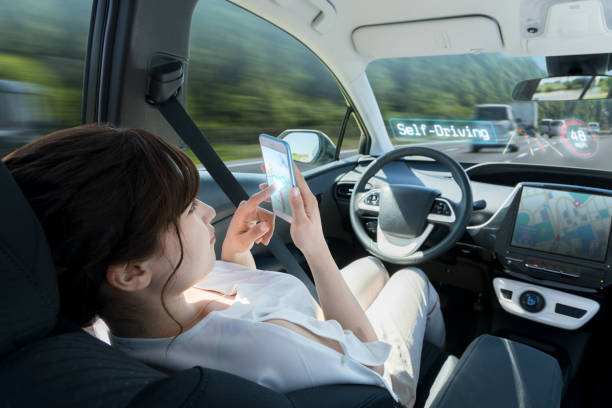Taiwan self-driving gharry
With the launch of its self-driving gharry venture, Taiwan has embraced a novel blend of culture and technology in recent years. This innovative concept offers residents and visitors a distinctive and environmentally friendly form of transport by fusing the nostalgia of horse-drawn carriages with state-of-the-art autonomous driving capabilities. This article offers a thorough analysis of Taipei’s self-driving taxi industry, looking at its history, methods of operation, advantages, drawbacks, and potential future developments.
The History of the Self-Driving Gharry Initiative in Taipei
The self-driving gharry project in Taiwan began with an innovative partnership between the city government of Taipei and top tech companies. The programme, which aims to provide an attractive and environmentally sustainable means of transport for locals and visitors alike, is driven by a desire to protect Taipei’s historic legacy while promoting urban mobility solutions. Taipei aims to reinvent urban transport by fusing autonomous technology with the grace of classic horse-drawn carriages, all the while tackling modern mobility and environmental issues.
The Workings of the Taiwan Self-Driving Gharry
The self-driving gharry in Taipei demonstrates a deft fusion of cutting-edge technology and conventional design. These carriages, outfitted with a plethora of sensors, cameras, and GPS systems, are capable of independently navigating Taipei’s busy streets. With a specialised app, travellers can easily organise their itinerary, choose their locations, and follow their routes in real time. With its luxurious upholstery and adorning accents, the gharry’s interior evokes the grandeur of classic carriages without requiring real reins or a driver.
The autonomous system constantly analyses real-time data to guarantee seamless navigation and responsiveness to changing road conditions because safety is of the utmost importance. This elegant and self-sufficient combination of modern convenience and old-world charm gives travellers a fresh viewpoint on Taipei’s sites and attractions.
The Advantages of Adopting Self-Driving Cars
Beyond just improving mobility, Taipei can gain a lot by implementing self-driving gharries.
Environmental Sustainability: Self-driving gharries help create a more tranquil and environmentally conscious cityscape by using renewable energy sources to cut down on carbon emissions and urban air pollution.
Accessibility: By removing obstacles from the way of the elderly and disabled, these cars promote inclusivity and guarantee that everyone can take advantage of Taipei’s cultural offers.
Traffic Efficiency: Autonomous gharries have the ability to improve traffic flow, alleviate congestion, and maximise the effectiveness of urban transportation networks.
Cultural Preservation: Taipei’s programme honours and promotes the city’s rich cultural history by maintaining the aesthetic and historical significance of horse-drawn carriages.
Difficulties and Solutions for Putting Self-Driving Garages into Practice
There are particular difficulties in incorporating autonomous gharries within Taipei’s urban fabric:
Safety Concerns: Robust AI-driven safety rules and real-time hazard prediction systems are necessary to ensure the safety of passengers and pedestrians during interactions between autonomous cars and human-operated traffic.
Cybersecurity Risks: Strict cybersecurity measures, such as encryption technologies and ongoing monitoring, are necessary to defend autonomous systems against cyberattacks.
Regulatory Framework: Government agencies, legal professionals, and international stakeholders must work together to modify current legislation to allow autonomous technologies while maintaining public safety.
Setting the standard for international smart transportation projects, Taipei’s effective integration of self-driving technologies depends on finding creative answers to these problems.
Taiwan Prospects for Self-Driving Cars
The self-driving gharry experiment in Taipei has the potential to grow and improve in the future.
Increased Route Network Diversification: Increasing the number of cultural landmarks and picturesque locations along routes to enhance the city’s tourism offers.
Technological Advancements: Safety, user experience, and cultural immersion will all be improved by further developments in AI algorithms, user interfaces, and augmented reality integration.
Community Engagement: Acceptance and adoption of autonomous technologies will be fueled by public education and trust, which will open the door to their broad use.
Global Influence: Taipei’s pioneering work in smart urban mobility establishes a standard for cities across the globe, spurring more innovative yet traditional city-state efforts.
Taipei reiterates its dedication to sustainability, inclusivity, and cultural stewardship as it develops and innovates its self-driving gharry initiative. Taipei develops a harmonious urban landscape that unites the past and the future by embracing autonomous technology while respecting its cultural legacy. Driven by the allure and effectiveness of self-driving gharries, Taipei is on its way to become a more interconnected, accessible, and resilient city.

